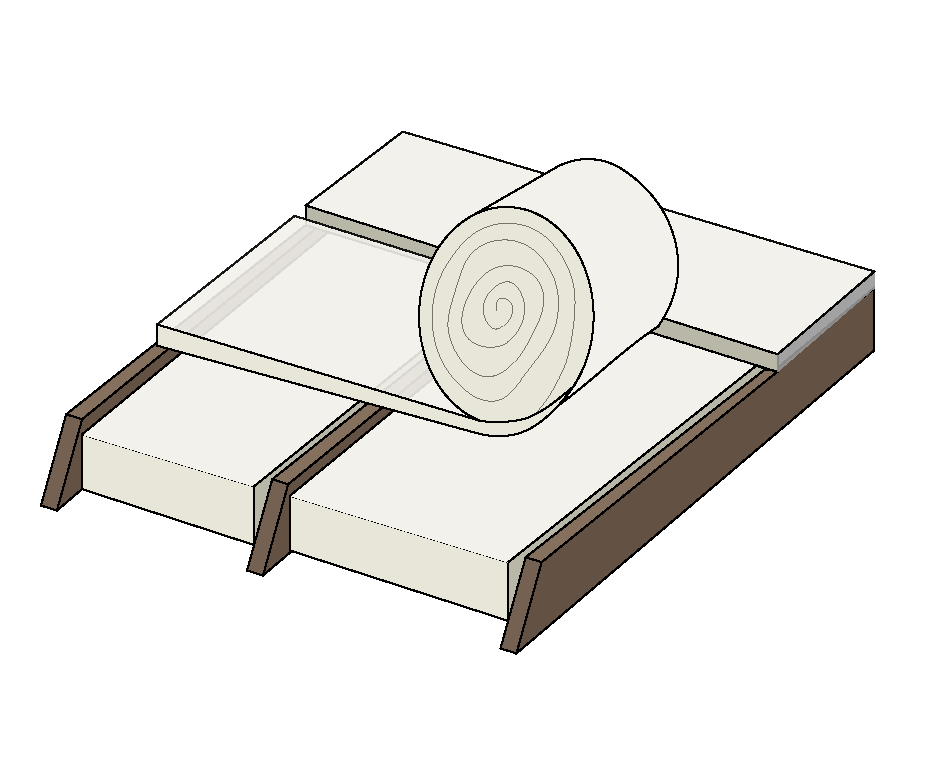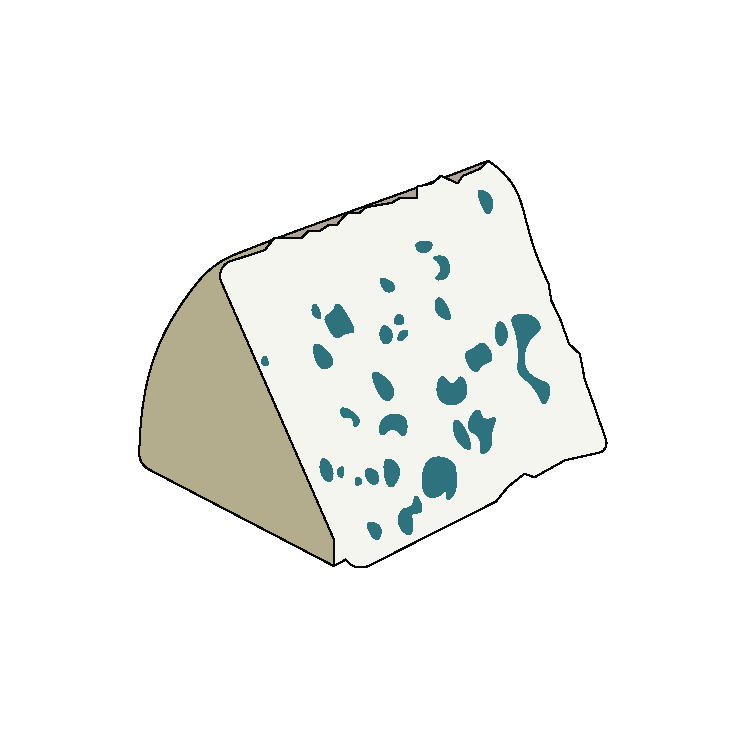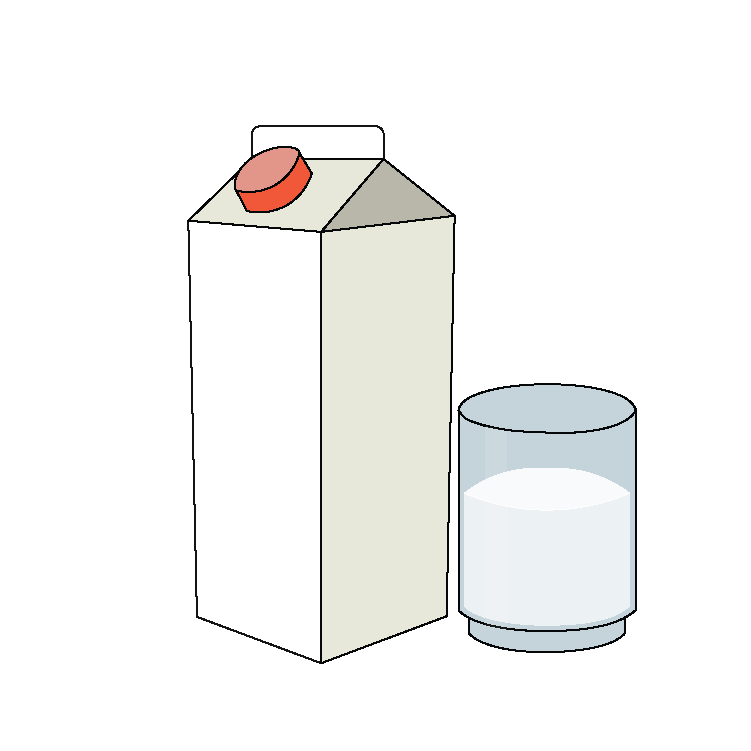When discussing the benefits of urban sheep grazing, often the first ideas that come to mind are the ecological ones.
Amazingly, sheepmowing can provide additional benefits beyond ecology, including social, operational, and economic benefits.
ECOLOGICAL
Healthy ecosystems enhance the capability of living organisms to function and flourish in their physical surroundings. Ecological benefits of sheep grazing include the following:
Habitat restoration, Fire Prevention, Plant Biodiversity, and Soil Fertility.
Habitat Restoration
Prescribed burning, heavy machinery, and chemical treatments are several tools utilized to assist in the management of invasive plant species. However, research shows that manual hand weeding is by far the most effective method of managing invasive plants.
By taking advantage of sheep's natural affinity for certain invasive plants, the process of hand weeding can be mimicked through targeted grazing. In addition, utilizing sheep as literal ‘weed-whackers' simultaneously reduces the higher costs typically associated with manual labor.
Plant Biodiversity
The removal of invasive species from our landscapes opens up opportunities for native plant species to return. Unlike traditional machinery, which decimates everything in its path, the selectivity of sheep can ultimately create a patchy mosaic of vegetation that supports a diversity of plant species.
Fire Prevention
The unmanaged build up of dry and invasive annual grasses creates optimal fire kindling, increasing the risk and spread of wildfires in summer. Sheep and other livestock can aid in fire abatement by consuming these grasses, thereby drastically reducing the potential fire load and severity.
Soil Structure and Fertility
Unlike chemical fertilizers, sheep manure is a natural slow-release fertilizer, promoting soil productivity and plant growth by increasing levels of Nitrogen, Sodium, and Potassium.
Additionally (and in contrast to larger livestock such as cows that can compact the soil), the smaller stature and hoof size of sheep can actually aid in soil aeration and improve the structure of both sandy and clay soils. This, in turn, enhances life in the soil, reducing runoff and limiting erosion.
SOCIAL
As the world continues to urbanize, family farms with small herds of livestock such as sheep are becoming increasingly rare . However, integrating sheep into the urban fabric has potential to provide much-needed social benefits to community members. Social benefits of sheep grazing include the following:
Nature Rx, Companion animal, Recreation
Nature Rx
Nearly 40 years of research confirms that contact with nature is profoundly beneficial to human health and wellbeing. Nature Rx programs address mental health through activities that promote a connection to the natural world and support a sense of place and belonging. Spending time watching grazing sheep in an urban landscape can provide similar benefits.
Recreation
The addition of sheep to a greenspace can add pastoral beauty to a site, provide a sense of place, and inspire urban agri-tourism. In an urban setting, the simple presence of the humble sheep is enjoyed by community members who find the flock a cool and exciting addition to the space.
Companion Animal
Human interactions with animals, including passive observation, produce benefits including the potential to decrease loneliness and depression, reduce stress and anxiety, and provide stimulus for exercise.
OPERATIONAL
The addition of sheep into landscape management can abate some of the undesired consequences of landscape operations management. Sheep grazing can help reduce the need for manual labor, lower excess production of greenhouse gasses and other pollutants, and eliminate the use of potentially hazardous chemicals such pesticides, herbicides, and fertilizers. Operational benefits of sheep grazing include the following:
Manual Labor Reduction, Decrease in Pollutants, and Elimination of Harmful Chemicals
Reduction in Manual Labor
Unlike humans, sheep are not confined by strict work hours and are content to munch on available vegetation beyond the 9-5 work day. They instinctively seek out weedy and invasive plants and are better suited for accessing difficult to reach spaces and steep slopes.
Decrease in Pollutants
The invention of lawn mowers and weed whackers enabled people of all social classes to enjoy a well-tamed lawnscape. However, the environmental cost of producing and utilizing this machinery comes in the form of massive amounts of pollutants and greenhouse gasses introduced into the atmosphere. Sheep grazing is an “all natural” solution to reduce the fossil fuel use and pollutant emissions that come with machine intensive mechanical mowing.
Elimination of Harmful Chemicals
Sheep’s appetite for weeds serves as a built-in herbicide to suppress weed competition. Their hooves aerate the soil and reduce compaction caused by traditional mowers. Even their waste products enhance the landscape they tend to. Above ground, sheep poop attracts beneficial insects and feeds the biota that promote soil life. Within 10 days of its release, sheep manure crumbles into an odorless and inoffensive powder that serves as a source of slow-release nutrients that supplies micronutrients for plant growth.
ECONOMIC
Beyond the benefits of grazing landscape management, sheep are also a sustainable source for many basic human needs. They provide products that fall into one of four categories: wool, milk, meat, and lanolin.
WOOL
Wool is mainly obtained by shearing the fleece from live animals, such as sheep. Being highly absorbent, Wool fiber has good affinity for retaining dye–as much as 16-18 percent of its weight in moisture. It adjusts to ambient conditions by absorbing moisture from the air. Because this process is very gradual, wool is slow to feel damp, will warm up the wearer, and does not chill the wearer from too-rapid drying. In addition, wool fibers are extremely strong even when twisted loosely. This creates a low density material that creates lightweight fabrics. Wool can also be subject to compaction through mechanical means such as felting. These properties of wool makes it an extremely versatile material. As such, wool has become the center of the modern movement towards sustainable fashion–a response to the growing fast fashion industry.
LANOLIN
Lanolin is a waxy substance produced in the sebaceous glands of the sheep. The purpose of lanolin is to condition and protect the sheep’s wool. The wool is first washed in hot water to remove dirt, crude lanolin, and other materials stuck on the wool. Then centrifugal separation or solvent is used to extract purified lanolin.
Lanolin oil is an emollient (extremely hydrating) which helps to soften and improve the appearance of skin. It is typically used in products alongside humectant ingredients like aloe, honey, or glycerin. Humectant ingredients pull moisture in from the air while emollients trap the water to slow water loss from the skin.
Lanolin products, such as sunscreen and ointment, guard the skin against environmental agents and damage caused by weather. It is also believed and marketed to smooth skin or prevent wrinkles.
In addition, lanolin is able to penetrate the lip barrier, as opposed to other ingredients that deliver moisture only to the top layer of the lip.
In cosmetics, lanolin serves as a bonding agent for the ingredients as well as make the products easier to apply without excessive caking or clumping.
Lanolin products are frequently used in conditions where water resistance is a factor, ranging from gear grease, leather protectant, preventing rust on boats, etc.
MILK
Female sheep (ewes) only produce milk during the 80-100 days after lambing. As a result, milk production occurs after lambs are born in the winter or spring. However, through the development of “controlled internal drug release”, ewes can now be bred out of season. In addition, selective breeding has yielded dairy sheep that can lactate for 120-140 days.
Most of the sheep milk produced in the world is made into cheese. This is because sheep milk is extremely high in fat and conjugated linoleic acid, and has a high level of solids compared to other milks. As a result, more cheese can be produced from sheep milk compared to the same quantity of cow’s milk. Sheep milk can be frozen and stored without adversely affecting its cheese making qualities. It is also used to make ice cream and yogurt, but it is not common to drink sheep milk.
The qualities of sheep’s milk has also been utilized in skin care products, such as lotions and soaps. It is believed that the fats in sheep milk can reduce the fine lines and wrinkles, The lactic acid acts as a gentle skin exfoliant. The protein’s anti-microbial and anti-inflammatory properties reduce redness, and the high concentrations of vitamins and minerals are antioxidants that protect the skin.
MEAT
The meat of sheep is classified into 3 categories: lamb, hogget, and mutton. Meat from a sheep under a year of age is lamb, between 1 and 2 years is hogget, and above 2 is mutton. However, the US does not use the term hogget, and instead markets lamb meat as coming from sheep between 12 and 14 months of age. The appeal of lamb meat is its tenderness and milder flavor in comparison to older sheep.
The consumption of lamb in the US is very low. However, there is a growing demand for lamb, especially from immigrants where their ethnic background commonly consumes lamb. It is a source of high-quality protein that contains very little fat compared to other meats.
































